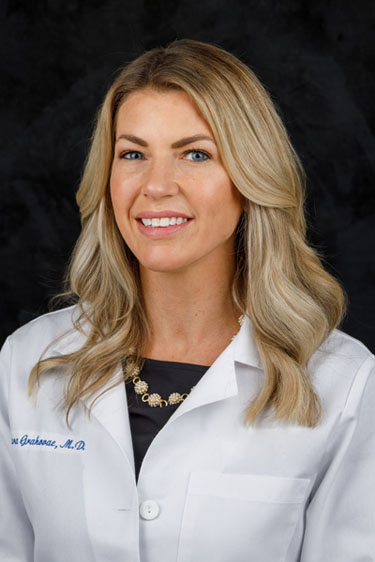Chest Insecurity, Guys? Gynecomastia Surgery May Be the Answer
October 3, 2023
For many guys, noticing male breast development can feel embarrassing and distressing. The medical term for enlarged male breasts is gynecomastia. In most cases, gynecomastia is harmless. Still, it can significantly affect your comfort, mental health, self-esteem and social life. If you have this condition, you don’t have to live with it. Hormone therapy, medication and gynecomastia surgery can help.
Gynecomastia Basics
If you feel like you’re the only one in the world with this issue, you should know gynecomastia is common. In fact, about half of all teenage boys and 70% of men between ages 50 and 69 develop the condition. Some men may have only a small amount of breast tissue growth, while others have a significant amount.
Gynecomastia can develop at any age but is most common during times associated with significant hormonal changes. This includes in infancy, during adolescence and between ages 50 and 80. Hormonal changes may cause temporary or permanent enlarged male breasts. Usually, the only symptoms are breast growth on one or both sides and tenderness in the chest.
Certain medications and treatments may lead to gynecomastia. Sometimes the cause is unknown. In rare cases, the condition may point to a serious issue. One of the goals of an initial evaluation is to confirm the diagnosis as gynecomastia and rule out other concerns.
“Because gynecomastia may be caused by other health conditions, we want to collect a detailed medical history and perform a thorough examination to uncover any underlying issues,” says Dr. Tara Grahovac, board-certified breast surgeon at Beaufort Memorial Breast Health Center – Okatie. “As a surgeon, my job is to assess if it’s cancer or some kind of surgical disease. If men are showing possible signs of other conditions, they may need imaging or lab tests to rule out other diagnoses.”
Possible underlying causes of gynecomastia include:
- A tumor on the adrenal or pituitary glands, lungs or testes
- Alcohol or drug misuse, including anabolic steroids and opioids
- Certain genetic disorders
- Chronic liver disease
- Kidney failure
- Obesity
- Thyroid conditions
Gynecomastia is also a known, although small, risk factor for male breast cancer.
Read More: Man Up With Health Screenings!
Treatment Options for Gynecomastia
If you have an underlying health issue causing gynecomastia, the first step is to treat that condition. Once the underlying condition is under control, your provider may recommend waiting about a year to see if the gynecomastia resolves on its own. If it doesn’t, other treatments may help.
When no underlying health condition is found, your health care provider may still recommend watching and waiting. In many cases, the condition will improve on its own, especially in teens. You may need treatment only if you’ve had symptoms for over a year and gynecomastia interferes with everyday tasks or your mental health. In some cases, surgery is an option (and a preferred first-line treatment). Occasionally, hormone therapy and other medications used to treat the condition may be considered. Your provider will adapt a treatment plan according to your needs.
Your Options for Gynecomastia Surgery
“There are several different types of gynecomastia surgery,” Dr. Grahovac says. “The most appropriate surgical approach depends on the amount of excess breast tissue and other factors, such as your age, additional health conditions, body weight and overall health.”
There are two common types of gynecomastia surgery.
- Liposuction. In this procedure, a surgeon makes small incisions in the chest and removes extra fat and glandular tissue. The incisions are usually in the armpits or the edge of the areolas, the darkened areas around the nipples.
- Male breast reduction surgery with skin resection. This surgery requires larger incisions that allow the breast surgeon to remove excess breast tissue, more fat and extra skin caused by tissue growth or sagging.
No matter which surgical procedure you have, the goal is to remove excess tissue and sculpt the chest to give it the shape and appearance of a typical male chest.
Read More: Fellowship-Trained Breast Surgeon Joins Beaufort Memorial
Where to Find Help
A primary care provider can refer you to a breast surgeon to eliminate or rule out breast cancer or a surgical disease (condition treated by surgery).
“While surgery to treat gynecomastia typically isn’t necessary from a physical health standpoint, it can improve mental health significantly,” Dr. Grahovac says. “Men who have surgery to treat gynecomastia typically report improved mental health, quality of life and social functioning after surgery.”
Need a referral to see a breast surgeon? Find a Beaufort Memorial primary care provider accepting new patients.

